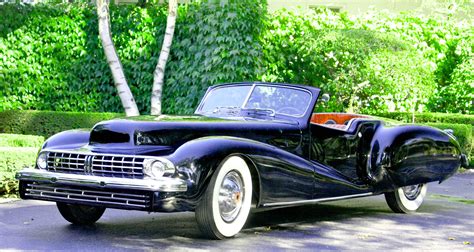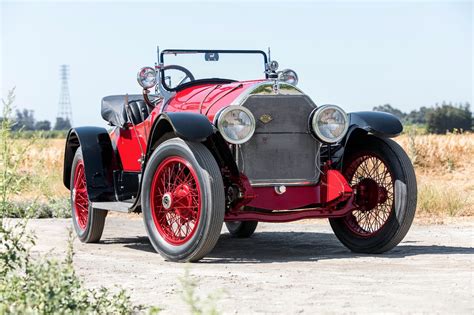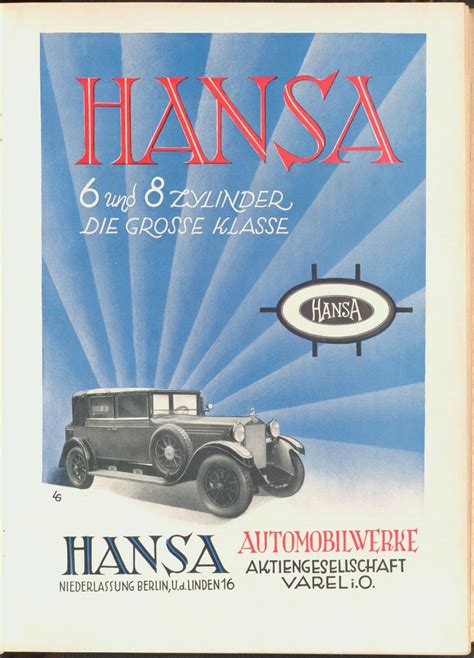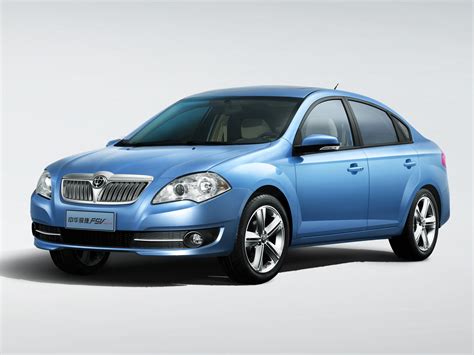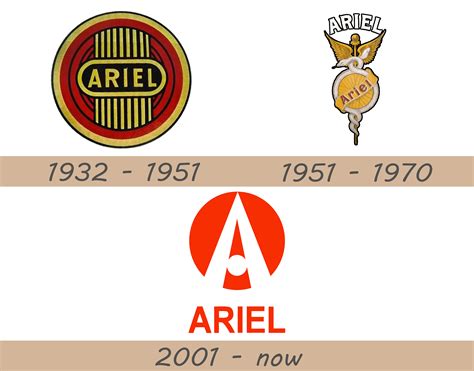Discover the early 1900s innovations in automobile design, challenges faced during the Great Depression, and the lasting legacy of this beloved company.
Founded in Early 1900s
Contents
The LaSalle Car Company was founded in the early 1900s, specifically in 1927, by General Motors to fill a gap in their product line between the Buick and Cadillac brands. It was named after the French explorer, René-Robert Cavelier, Sieur de La Salle, and was known for its luxurious and stylish vehicles that catered to the upper-middle-class market.
Despite being in the shadow of its parent company Cadillac, LaSalle managed to make a name for itself through its innovative design and engineering, setting the stage for a promising future.
By focusing on sleek and elegant designs, LaSalle quickly gained popularity and became a symbol of luxury and sophistication on the roads of America. Its commitment to quality and performance solidified its position in the automobile market, and it became a pioneer in the industry, setting trends and standards for other manufacturers to follow.
Throughout the 1920s, LaSalle grew in popularity and established itself as a strong competitor in the luxury car segment, proving that it had the potential to make a lasting impact on the automotive industry.
Innovations in Automobile Design
The LaSalle Car Company made significant contributions to the innovations in automobile design during the early 1900s. One of the key innovations introduced by LaSalle was the use of sleek, aerodynamic designs that revolutionized the look and feel of automobiles at that time. This marked a departure from the boxy and bulky designs that were prevalent in the industry, and it set a new standard for elegance and sophistication in car designs. LaSalle’s focus on creating visually appealing and streamlined cars helped to shape the future of automobile design.
In addition to its emphasis on aesthetics, LaSalle also integrated cutting-edge technologies into its vehicles. The company was one of the first to incorporate advanced engineering features such as independent front suspension and all-steel bodies, which significantly improved the performance and durability of its cars. These innovations not only enhanced the driving experience for consumers but also set a new benchmark for engineering excellence in the automotive industry.
Furthermore, LaSalle was a pioneer in experimenting with novel materials and construction methods, which resulted in lighter and more efficient vehicles. By utilizing aluminum and other lightweight materials, the company was able to achieve a perfect balance of strength and agility in its cars, thus delivering an unmatched driving experience. This dedication to pushing the boundaries of materials and construction techniques paved the way for future advancements in automobile manufacturing and design.
Overall, the LaSalle Car Company played a pivotal role in advancing the field of automobile design through its innovative approach to aesthetics, technology, and materials. The company’s forward-thinking designs and engineering solutions have left a lasting legacy in the industry, shaping the way modern cars are designed and manufactured. LaSalle’s commitment to pushing the boundaries of innovation has undoubtedly left an indelible mark on the history of automobile design.
Expansion and Growth
During the 1920s, the LaSalle Car Company experienced significant expansion and growth as demand for luxury vehicles increased. The company introduced new models and expanded its manufacturing facilities to meet the rising demand. The innovative designs and advanced features of LaSalle cars made them popular among affluent consumers, leading to a surge in sales and profits for the company.
Additionally, LaSalle’s aggressive marketing strategies and effective sales promotions contributed to its rapid expansion in the automotive market. The company established a network of dealerships across the country, enabling it to reach a wider customer base. This expansion strategy further fueled LaSalle’s growth and solidified its position as a leading luxury car manufacturer.
Furthermore, the introduction of the V8 engine in LaSalle cars set a new standard for performance and power in the automotive industry. The powerful engine and sleek design of the vehicles appealed to discerning car enthusiasts, driving the company’s growth and success. As a result, LaSalle experienced a period of unprecedented expansion during the 1920s, establishing itself as a formidable competitor in the luxury car market.
Despite facing competition from other luxury car manufacturers, LaSalle’s commitment to innovation and quality allowed it to continue its expansion and growth. The company’s focus on engineering excellence and cutting-edge technology enabled it to maintain its position as a premier luxury car brand, attracting loyal customers and sustaining its growth momentum.
Challenges During the Great Depression
During the Great Depression, the LaSalle Car Company faced numerous challenges that threatened its survival. The economic downturn resulted in a significant decrease in consumer spending, leading to a sharp decline in automobile sales. This had a direct impact on the company’s revenue and profitability, forcing them to make difficult decisions in order to stay afloat.
One of the main challenges that the company faced was the need to cut costs in order to remain financially viable. This led to layoffs and wage cuts for employees, as well as a reduction in production capacity. The company also had to navigate through a highly competitive market, as other automotive manufacturers were also struggling to stay in business during this period.
Another major hurdle for LaSalle was the lack of available credit and financing options. With banks and lending institutions tightening their credit policies, the company found it increasingly difficult to secure the necessary funds for operations and expansion. This created a cash flow problem, further exacerbating the company’s financial difficulties.
Despite these challenges, the LaSalle Car Company managed to persevere through the Great Depression. Their ability to adapt to the changing market conditions and make strategic decisions ultimately allowed them to weather the storm and emerge stronger. While many other automakers did not survive this tumultuous period, LaSalle’s resilience and determination ensured its continued presence in the automotive industry.
Legacy and End of Production
As the LaSalle Car Company reached its peak in the 1920s and 1930s, it quickly gained a reputation for its innovative automobile designs. However, by the late 1930s, the company faced numerous challenges, including the economic turmoil of the Great Depression. As a result, LaSalle struggled to stay afloat, eventually leading to the decision to cease production in 1940.
During its time in operation, LaSalle made a lasting impact on the automotive industry. The company’s dedication to quality and advanced engineering set a new standard for luxury vehicles. Despite its relatively short lifespan of just over two decades, the legacy of LaSalle continues to be celebrated by enthusiasts and collectors today.
While LaSalle may no longer be in production, the influence of the company has lived on through the work of its former employees and the continued admiration of its automobiles. Though its end may have been untimely, the end of production marked the beginning of a new era for the automotive industry, as other manufacturers sought to carry on the spirit of innovation that LaSalle had embodied.
In conclusion, the legacy of the LaSalle Car Company has left an indelible mark on the history of American automobile manufacturing. Despite the challenges faced during the Great Depression, the company’s commitment to innovation and high-quality craftsmanship has solidified its place in the annals of automotive history.

